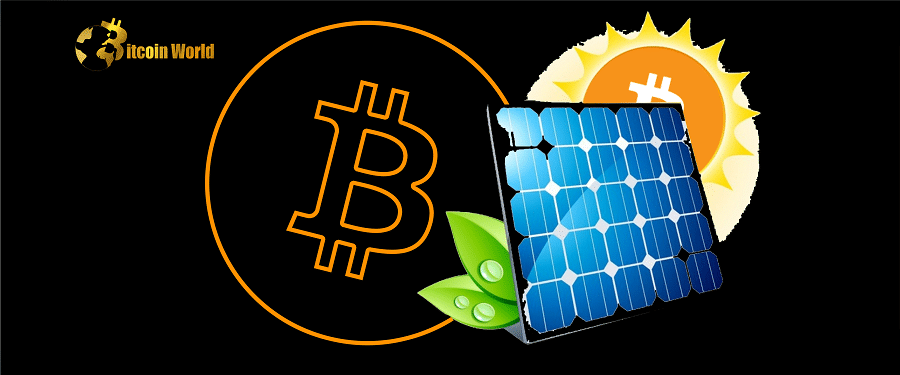Solar’s intermittent nature makes it difficult to balance the supply of solar energy with the demand for electricity, so while its price is dropping, it is still not as popular as solar enthusiasts and environmentalists would like.
Solar panels also need a lot more space than other energy sources. Therefore, due to the unfavorable geological conditions, it is currently impossible to construct solar infrastructure close to those population centers.
Lastly, although the price of solar has dropped by a factor of five over the past decade, it still requires a sizable outlay of cash upfront. However, the long-term financial benefits of harnessing solar energy make it difficult for poorer communities to get started.
Thankfully, ground-breaking technology has developed in recent years that can greatly aid the spread of solar energy. Bitcoin miners don’t care what kind of energy they use, can work from anywhere, and can simply shut down their computers whenever they want. The miners act as a buffer for the unstable power supply by purchasing power from them when no other buyer is available.
Following one of the energy mix profiles outlined by the Intergovernmental Panel on Climate Change (IPCC) is essential if we are to keep global warming below the critical 1.5 or two degrees Celsius.
Some of their proposed routes call for adding the annual equivalent of 1.4% of the world’s wind and solar power to the electricity grid, while more ambitious routes call for adding the solar equivalent of 3% of the world’s power to the grid.
Recent calculations by Jessica Jewell, associate professor in Energy Transitions at the Chalmers University of Technology, show that only a small number of countries can follow the IPCC’s suggested pathways toward a renewable future. In the absence of a revolutionary leap forward in technology, it appears that the IPCC’s objectives will remain unachievable.
Bitcoin miners don’t care about the specific type of energy source they use, but they do care about the overall cost of doing so. Bitcoin miners can save a lot of money using solar panels to power their rigs, as the majority of the cost of going solar is in the initial investment.
Approximately 2.5 cents per kilowatt-hour less than coal or natural gas is the unsubsidized cost of solar energy, as reported in the whitepaper for the Bitcoin Clean Energy Initiative. Solar power is a no-brainer for miners who aren’t picky about their energy source.
Bitcoin miners have at least two options for overcoming solar’s crippling intermittency problem. To ensure that miners do not compete with locals for power when solar supply is low, populations may require them to sign contracts stating that they will only use electricity that is not being used by others. Second, miners may contribute their surplus energy to the grid in times of peak demand, such as during periods of extreme weather.
Due to its intermittent nature, solar can only provide 40% of grid power without significantly increasing electricity prices, according to calculations by American investment management firm Ark Invest.
However, the integration of solar with Bitcoin mining allows energy providers to not only profit from the price differential between electricity and bitcoin but also continue meeting grid demands without incurring any losses.














